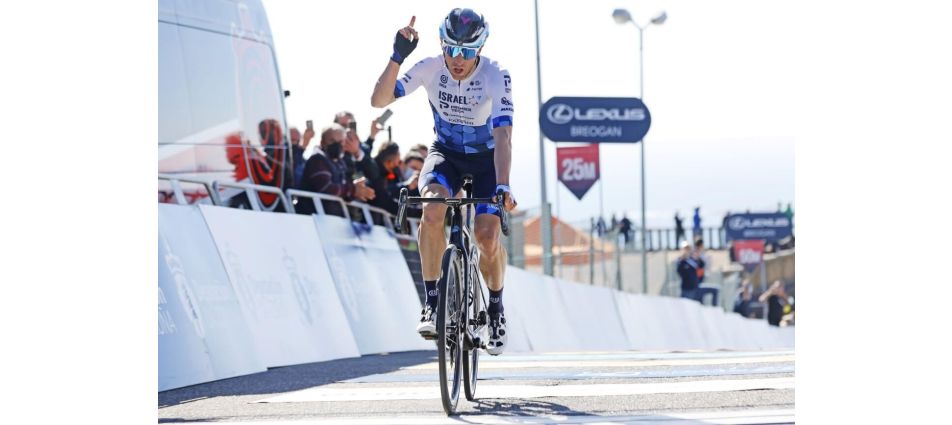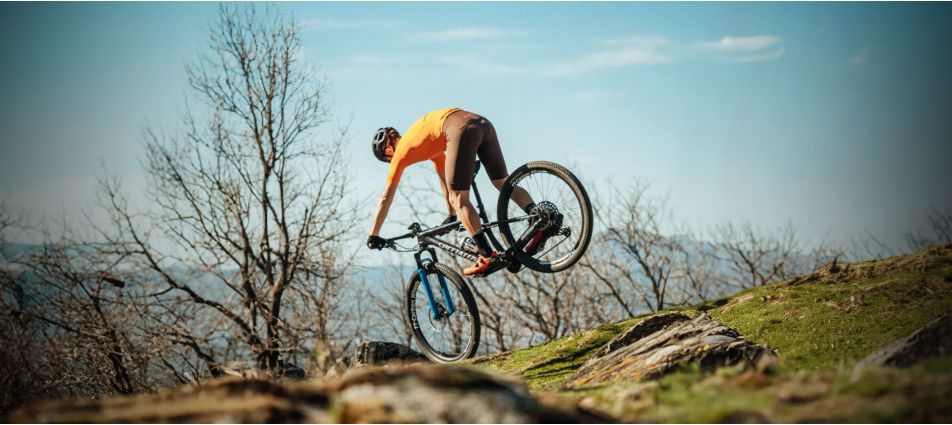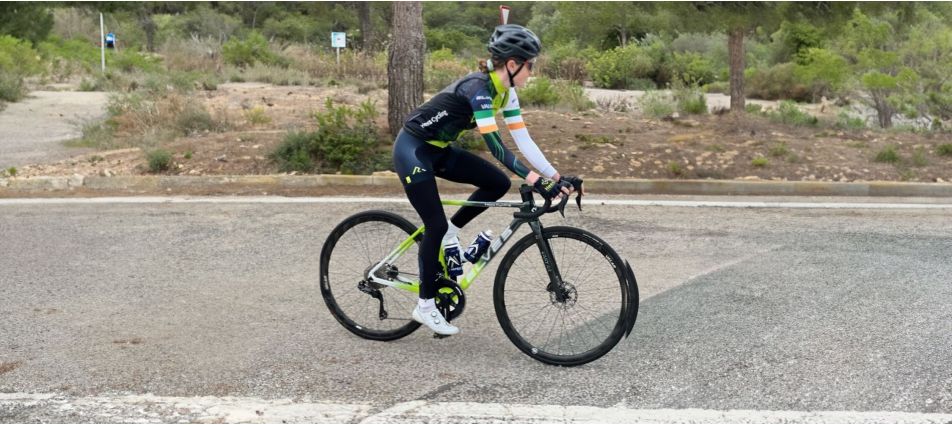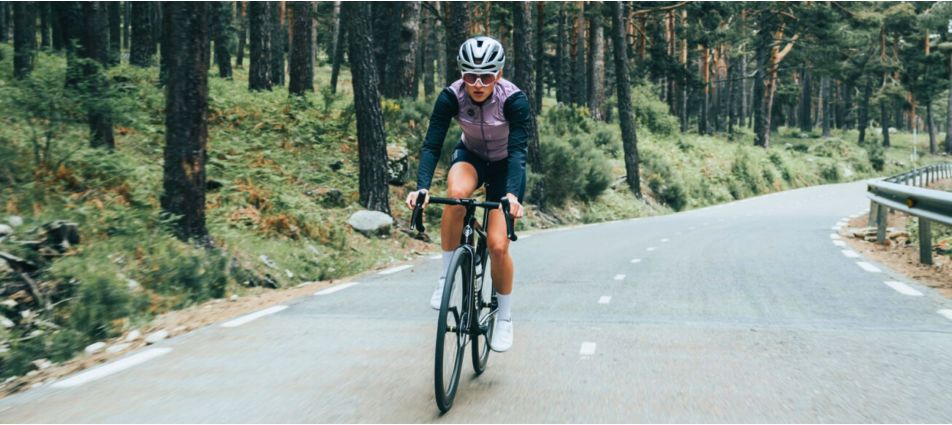Important information from professional riders
ROTOR products would not be the same without the information provided by professional bike riders during product development. The most valuable data from the most valuable athletes in the world.
Fundamental feedback
Essential. There is no other way to define the support of professional ROTOR athletes, when giving us their feedback during product development. Collaborating with great teams and top-level riders for so many years has been fundamental for us and without a doubt their role has been key so that ROTOR is known worldwide today and all our products enjoy a great international reputation among those who seek the maximum performance and quality.
We have to keep in mind that in the R&D department, the ambassadors and professional riders sponsored by ROTOR have become the best test lab in the world. One thing is what the data says on a computer screen, and another is the conclusions that the ´pros´can draw in real competition situations.
In our tests we try to simulate the most extreme conditions of use of our products, to check variables such as rigidity, longevity, performance in extreme conditions and many more situations of use, but when professionals take them to use in a real competition, they can provide you with data that may otherwise go unnoticed. They and the professional mechanics are essential to gather super valuable information, at events such as the Tour de France, the Olympic Games or a World Cup event. Thousands of hours or training are essential to literally collect millions of bits of data.
Lampre-Merida and the arrival of INpower
We have many anecdotes with ROTOR teams and professional riders, but there is one that stands out during the development of the first powermeter in the INpower range with the Lampre-Merida team in 2014. That year, riders of the stature of Rui Costa, Damiano Cunnego or Filippo Pozzato, were racing at Lampre, and we started testing what would be the INpower model. The INpower measures the power of one of the legs independently and was the evolution of the previous model, the Power.
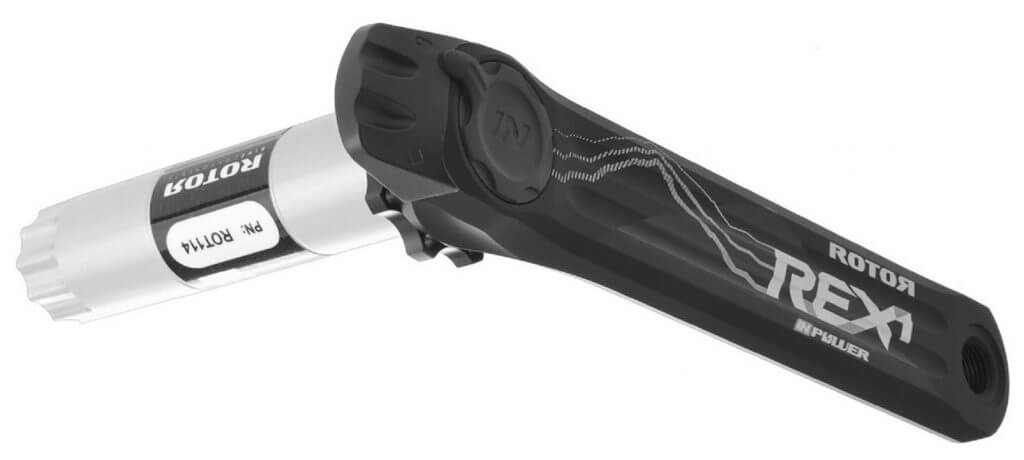

As the feedback from some riders was very good, we decided that the whole team should use it. The funny thing is that, a few days later, the coaches and coaching staff contacted us, since the data of some riders with respect to others did not match at all.
At that time, something that had not been taken into account, and from which there was not much information, was that not all cyclists applied the same force with both legs when pedaling, and therefore when power data from several cyclists were compared in the same climb (under the same conditions and at the same speed), the watts / kilo ratio did not coincide with each other. We began to analyze the pedaling balance (what today we call "Balance") and we found very different pedaling data among all cyclists, very few pedaled 50% with the left leg and 50% with the right, but we found values of up to 60%- 40% in some cases, although the most common was pedaling between 47% and 53%
This taught us the importance of the Balance parameter in the professional field to be able to compare data between one cyclist and another, and together with the information from the rest of the teams with which we collaborated t that time, we developed our most advanced power meter technologically speaking, the 2INPOWER. The first power meter on the market that measured in a real and independet way the force that we applied with each leg.
Bet on ROTOR after the first test
Professional athletes have surprised us on more than one occasion by betting on ROTOR products simply after trying them, without taking too much into account of the test bench data. Carlos Sastre, a key person in the history of ROTOR and winner of the 2008 Tour de France with ROTOR, said at the time to the co-founder of ROTOR and inventor of the Q RINGS®, Pablo Carrasco: Pablo, I honestly don´t see that I can ride better with the Q RINGS® oval plates, but hey! , I don´t see that I could do any worse either! And what my masseur told me is that after training with similar intensities, he notices my legs are less tight after using the oval chainrings. And arriving with less fatigued legs to the last week of a gran Vuelta I think that can make a difference. And this was his decision when it came to betting on the Q RINGS®. The rest is history.
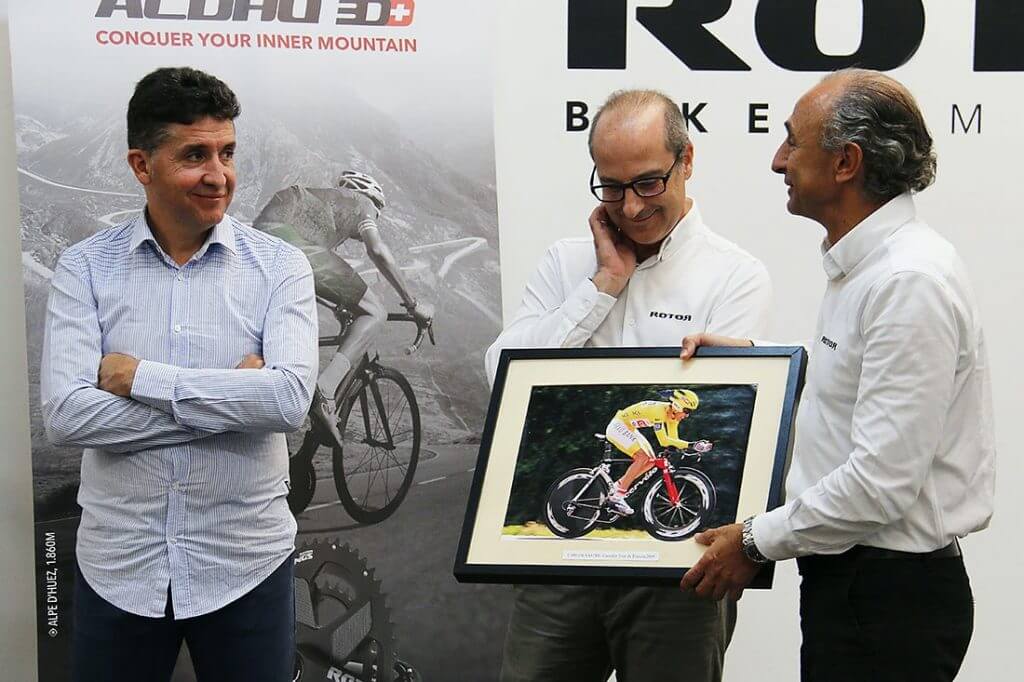

The Swiss mountain bike racer Christoph Sauser, told us before betting on ROTOR, that he trained in a climb in which he pedaled first with only one leg and then with the other, and that when he performed this same test with the Q RINGS ® oval chainrings he saw that with these he was able to go a little further on this climb. He did not need more information to immediately start using the Q RINGS ® oval chainrings.
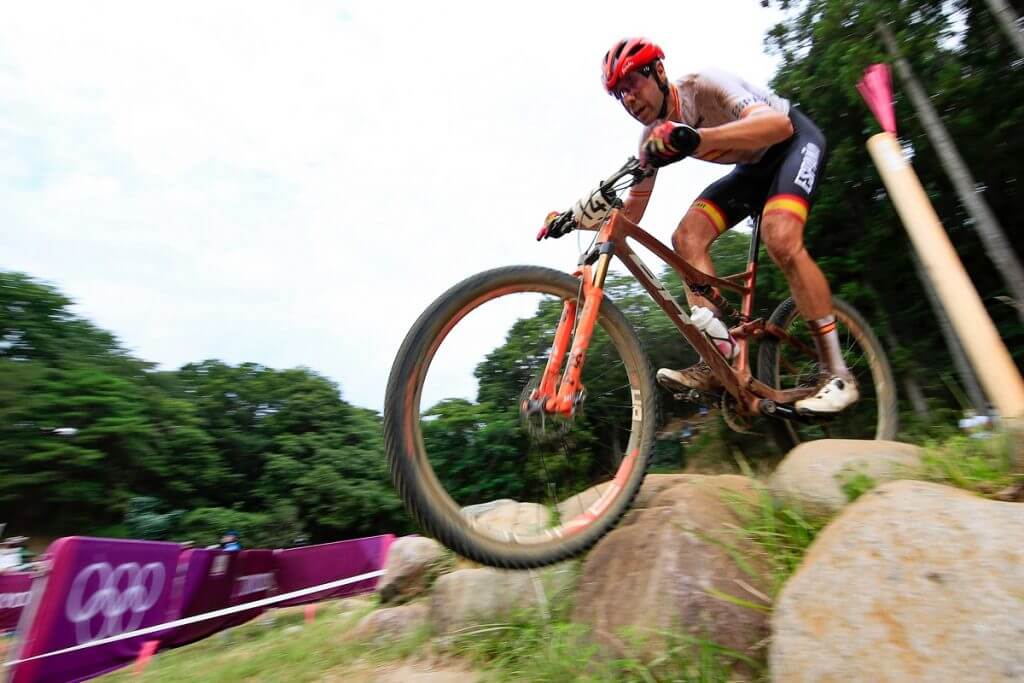

They are and will be part of that close relationship that is generated during the development of products, where not only the athletes matter, but also the coaches, mechanics, managers and all the staff who provide such valuable information, that without it ROTOR would not be where it is today.

